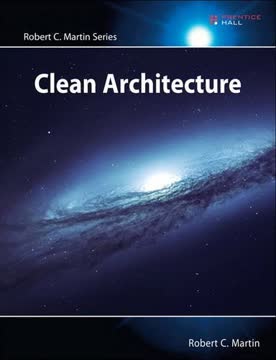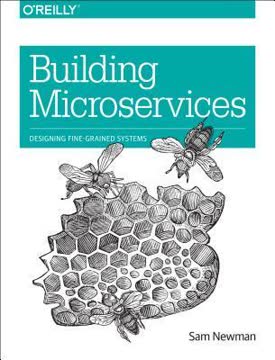Searching...
Top 5 Books on Building Codes and Urban Planning Insights
Explore these 5 essential books on building codes and urban planning, perfect for understanding Los Angeles' architectural landscape and regulations.
Book Summaries
How Downtown Can Save America, One Step at a Time
Jeff Speck, an urban planner, presents compelling arguments for walkable cities, making it essential for understanding urban design and building codes in Los Angeles.
3 Key Takeaways:
- Walkability is the key to creating vibrant, sustainable cities
- Car-centric design has degraded urban environments and public health
- Mixed-use development and density are essential for walkable communities
Robert C. Martin’s principles of clean architecture can be applied to urban planning and building design, making it a valuable read for those involved in Los Angeles' development.
3 Key Takeaways:
- Software architecture is about minimizing human resources and maximizing productivity
- Clean architecture separates business rules from external details
- SOLID principles guide the creation of flexible, maintainable systems
Designing Fine-Grained Systems
Sam Newman’s insights on microservices architecture can inform urban planners and developers about modern approaches to building systems, relevant for Los Angeles' tech-driven landscape.
3 Key Takeaways:
- Microservices: Small, autonomous services that work together
- Evolutionary architecture: Adapting to changing requirements
- Modeling services: Defining boundaries and contexts
Gentrification, Inequality, and the Fight for the Neighborhood
Peter Moskowitz's exploration of gentrification provides critical insights into urban policy and its impact on communities, making it relevant for understanding Los Angeles' evolving neighborhoods.
3 Key Takeaways:
- Gentrification is a systemic process, not individual acts
- Urban renewal and suburbanization set the stage for gentrification
- Displacement and cultural loss are hallmarks of gentrification
Jane Jacobs, a pioneer in urban studies, argues that cities are engines of economic growth, providing essential context for understanding building codes and urban development in Los Angeles.
3 Key Takeaways:
- Cities Drive Economic Development, Not Agriculture
- New Work Emerges from Existing Work, Multiplying Labor Divisions
- City Inefficiencies Foster Innovation and Problem-Solving








